Stefan Wewerka
Gifted deformer of the ordinary.
Defying efforts to categorise his practice, Stefan Wewerka (1928-2013) is a supremely versatile artist whose creative and teaching practice spans the full breadth of fine art and design. The son of sculptor Rudolf Wewerka, Stefan Wewerka was born into a family with a strong artistic tradition spanning several generations.
Following the Second World War, he studied architecture under Max Taut, Eduard Ludwig and Georg Leowald at the University of Fine Arts in Berlin. While studying at the university, he co-founded the student housing complex »Studentenheims Eichkamp« in 1946. After graduating he worked for a variety of architects, including Hans Scharoun.
+ read more
- einklappen
Wewerka’s major works for TECTA are his chair sculptures – an incomparable blend of art and design.
His creations for TECTA include the three-legged B1 armchair. Designed according to the Bauhaus principle of functionality (form follows function), the B1 eschews the pursuit of the object’s definitive essence in favour of a solution which caters to seven different sitting postures, arriving at an innovative and almost playful form in the process. TECTA subsequently invited Wewerka to design a pavilion (1980–1985). A duplicate of Wewerka’s creation was erected by TECTA at the 8th Documenta in Kassel. Following the exhibition the pavilion was relocated to Münster, where it is used by the Academy of Fine Arts.
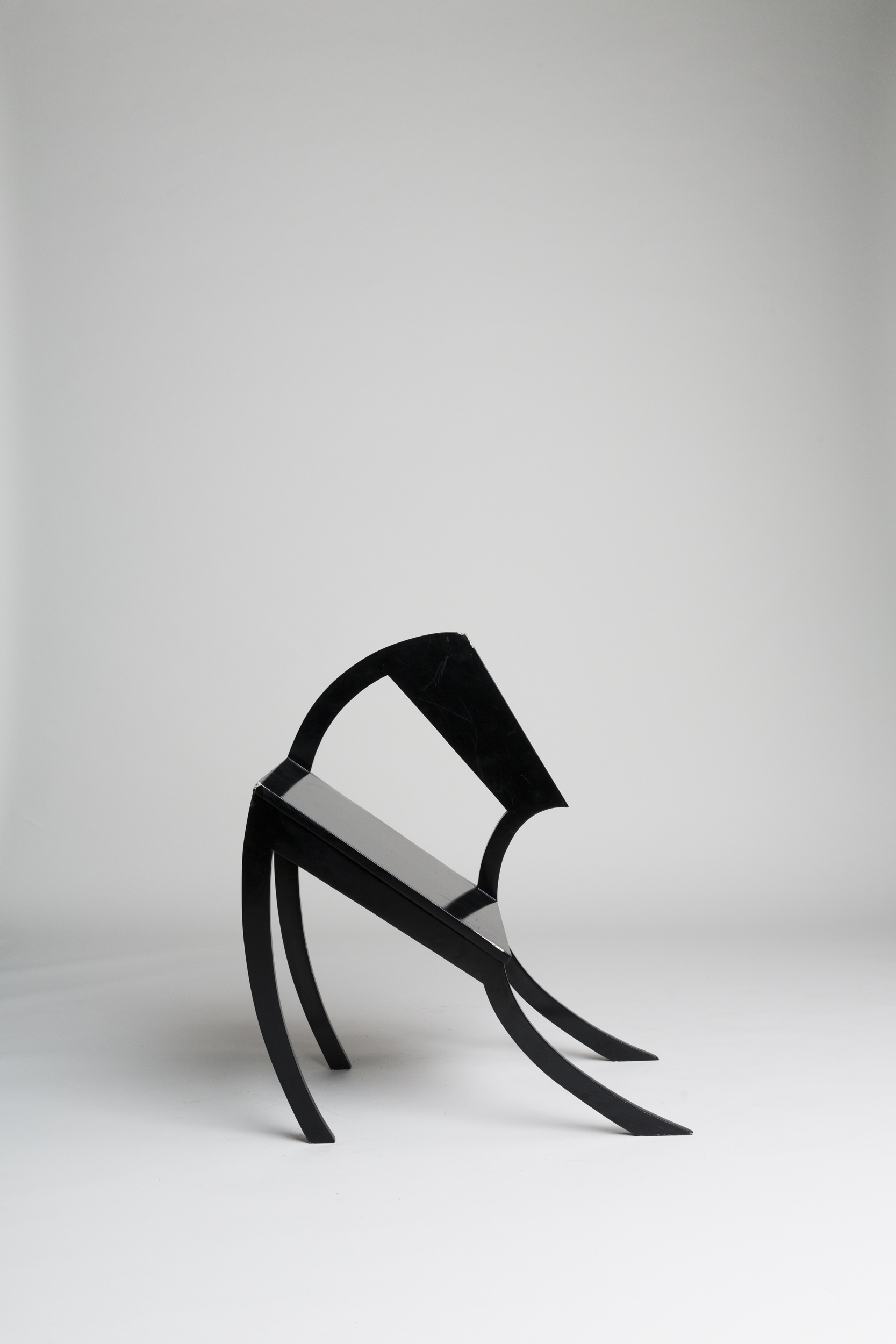


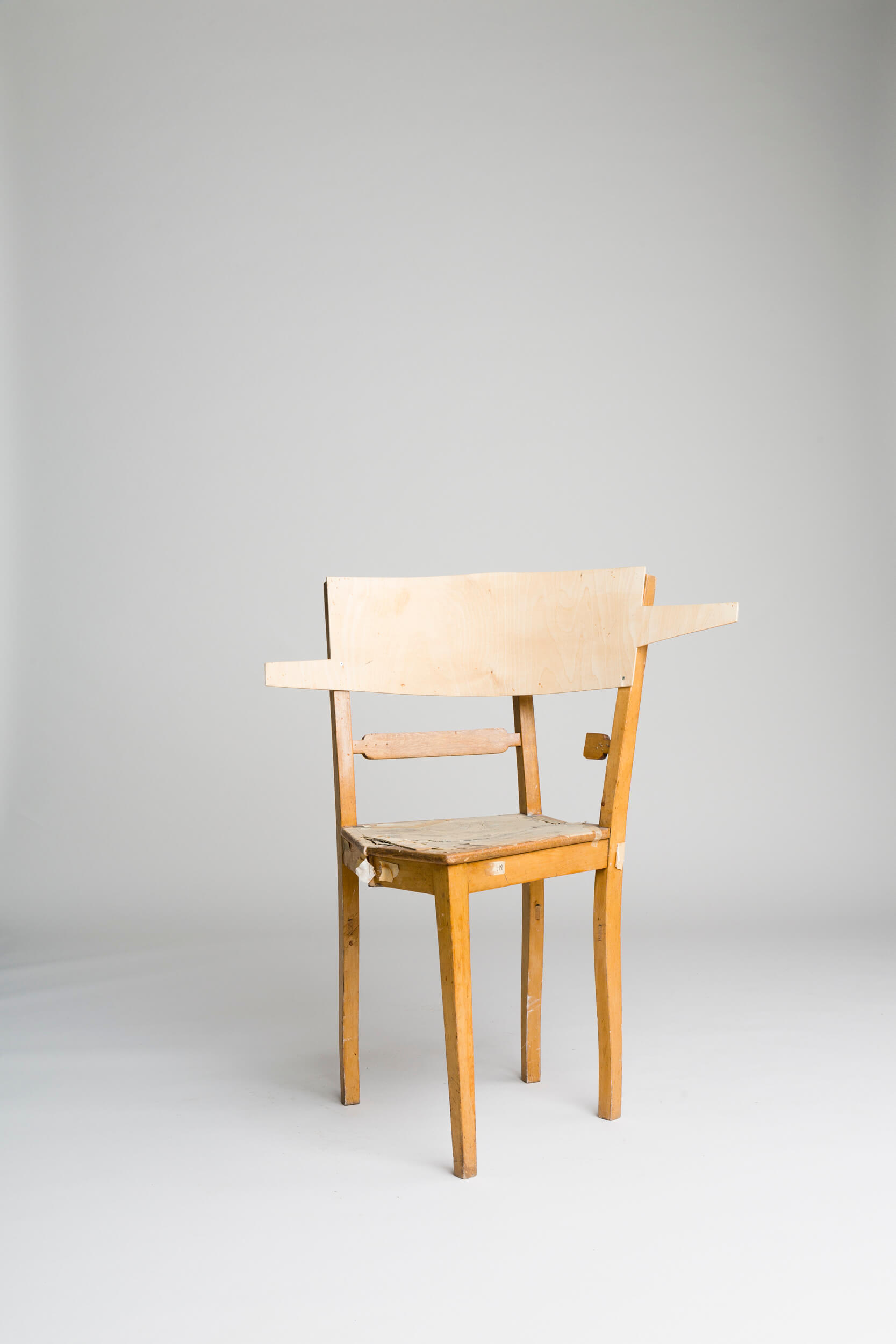

B1
Three-legged arm chair
The asymmetric chair, B1, can be seen as representative of this collaborative work. Its forerunners include chair sculptures which lead to a product with multiple seating options, one of which is the wide cobbler’s chair appreciated by Wewerka.
+ read more
- einklappen
The B1 stands solidly on three legs, one part of the back acts as an armrest, and changing the seated position can actually be suggested by the shape pattern and material. This is no longer about sitting in rows; instead, it enables a range of conversations and activities. The detail in the finish, with tapered legs and smooth transitions in the backrest for instance, shows just how far removed the B1 is from bricolage, developed as a stand-alone object working in a formal and functional harmony conducive to non-hierarchical communication. An aspiration which is also fulfilled by Wewerka’s other designs for Tecta.


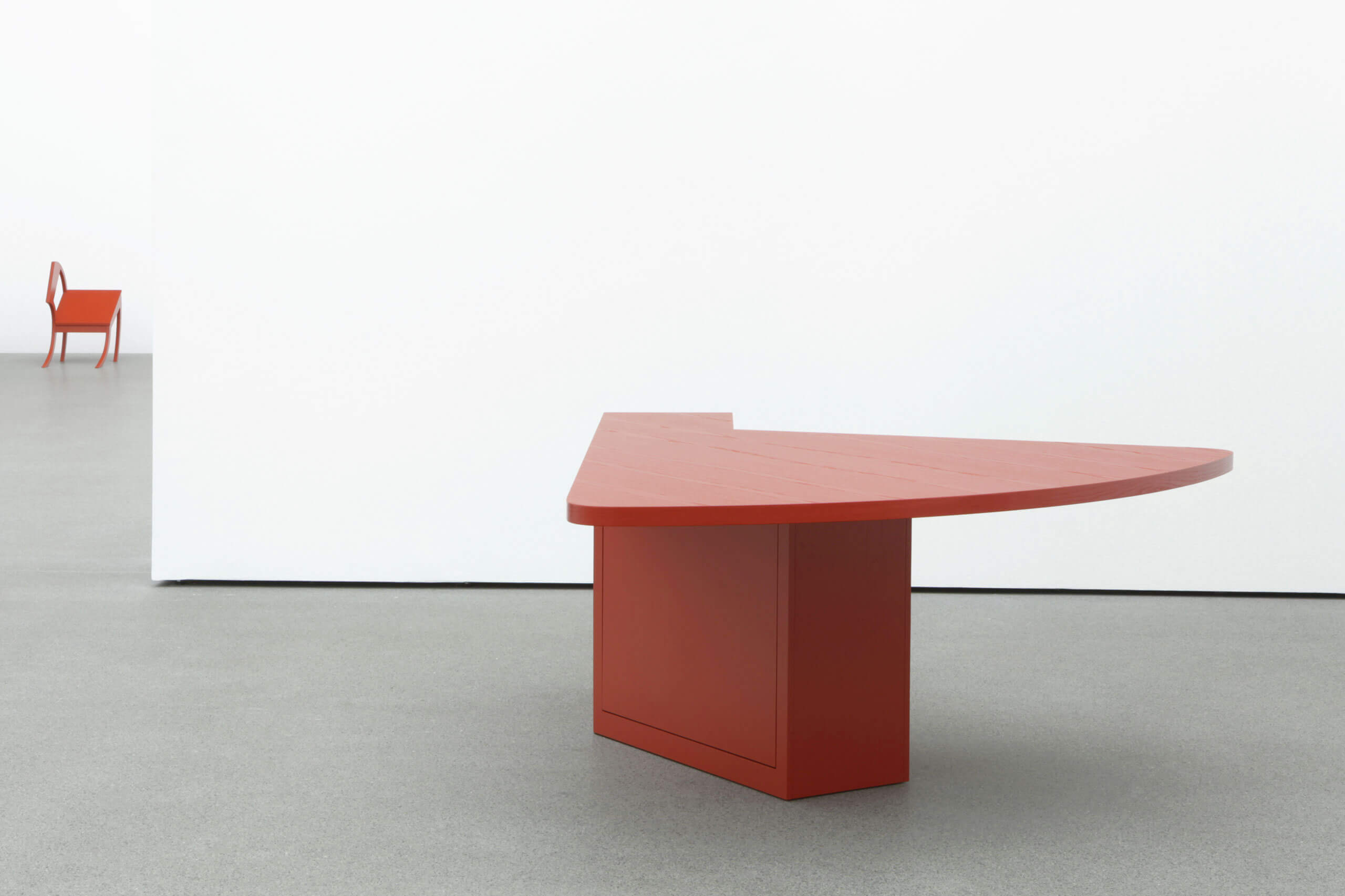
M1
Desk
“The entrepreneur, manufacturer and designer working hand-in-glove.” Stefan Wewerka
The table forms the centrepiece of modern urban family life. Here, a fan-shaped upper surface invites groups both small and large to come together; max. 7–8 persons. An integrated cabinet provides ample storage for table- and glassware, bottles, serviettes, candles and assorted goods, with additional space for compact home entertainment equipment. The M1 is also suitable for use as an office or conference table.
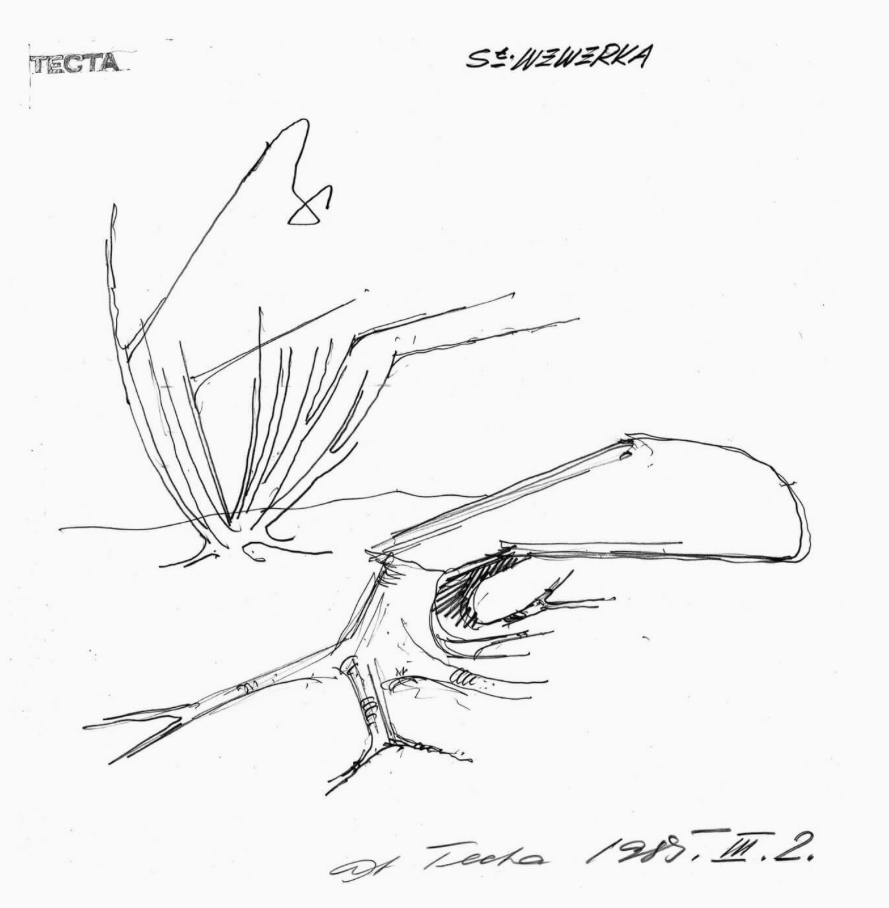
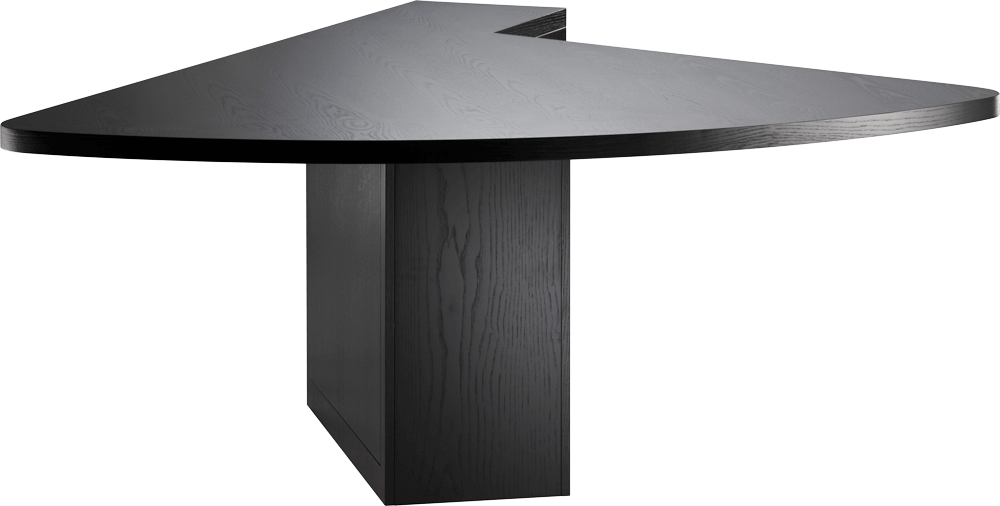


B5
One-legged cantilever chair
This first one-legged cantilever chair consists of a 3,30m long piece of pipe, which is bent in a machine to six equal radii. Seat and back are upholstered. It was created in 1982 after several pre-stages and prototypes of asymmetric chairs in cooperation between Stefan Wewerka and TECTA.


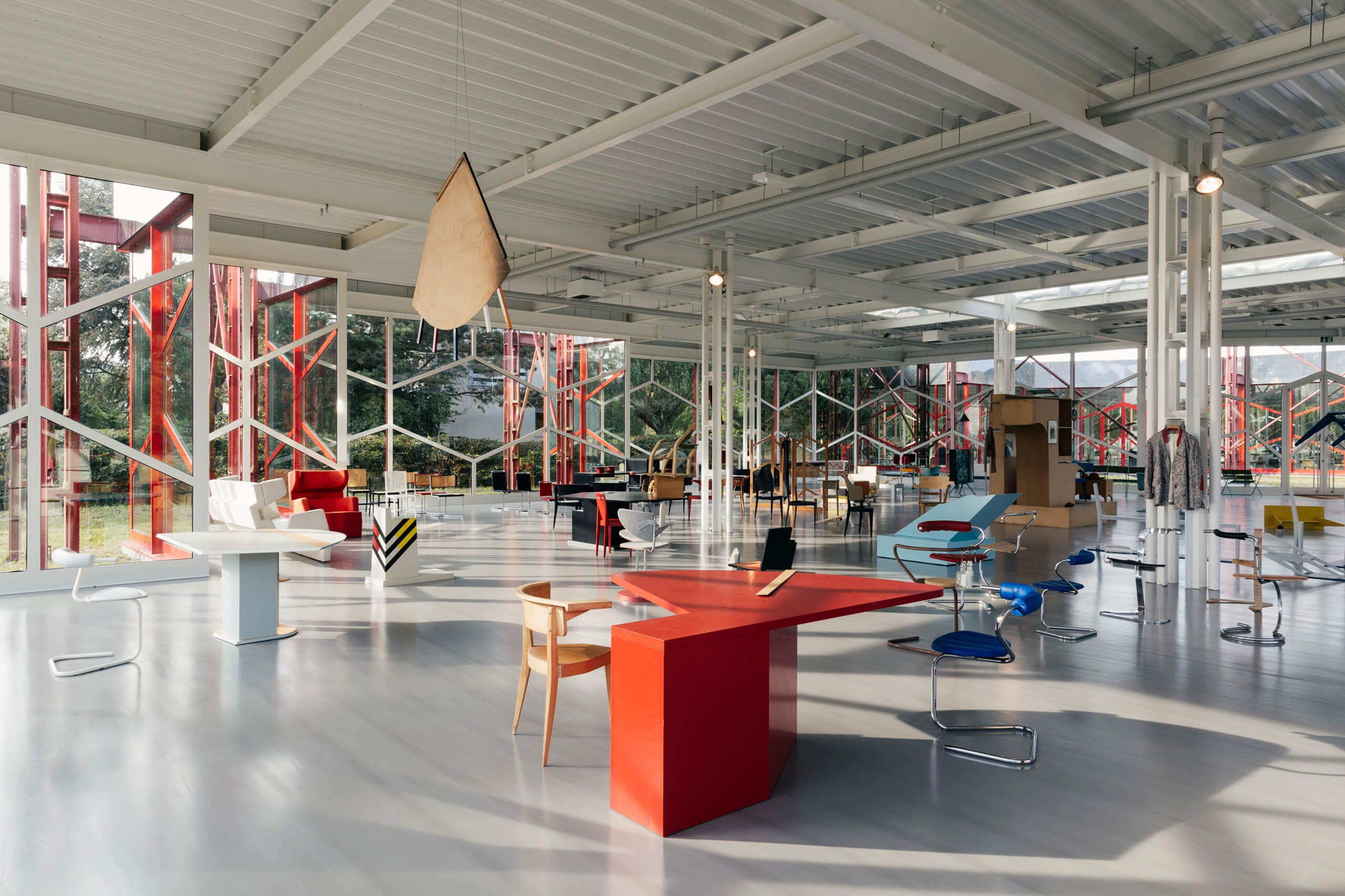
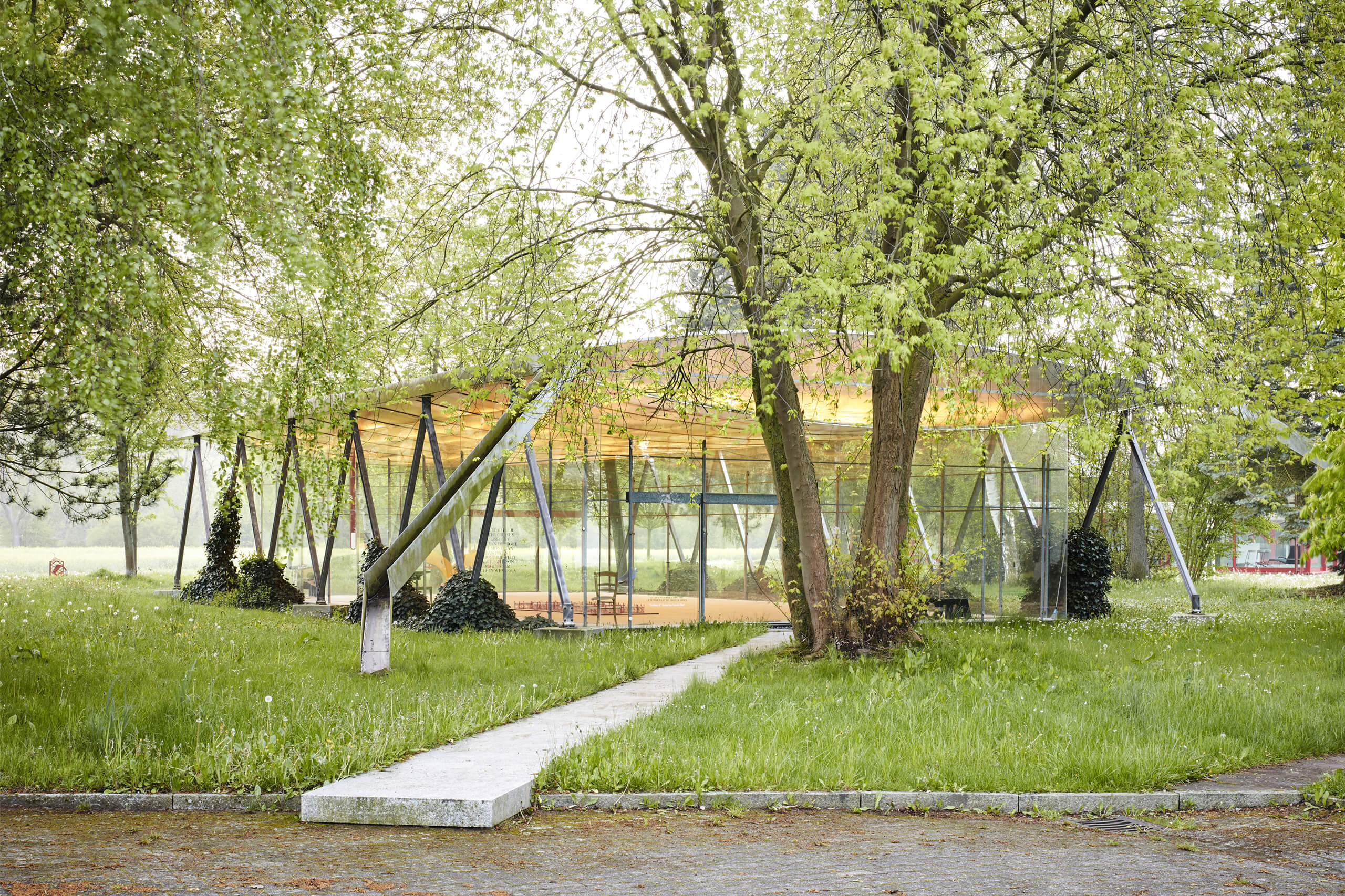
Wewerka Pavillon
for TECTA
The glass cuboid with its floating, lenticular roof construction (Wewerka called it fish-belly girder) integrates fluidly into the Tecta landscape: the boundaries of outside and inside, light and air, nature and space blur into a transparent and light-flooded exhibition space. A curiosity: the pavilion was not only realised for Tecta in Lauenförde in 1985, but a second time for documenta VIII in Kassel in 1987. Tecta subsequently lent this documenta pavilion to the city of Münster. Today, it stands at the Aasee and is used by the local art academy as an exhibition pavilion. In 1992, Stefan Wewerka was awarded the “Architecture Prize of the BDA Münster” for the pavilion.
